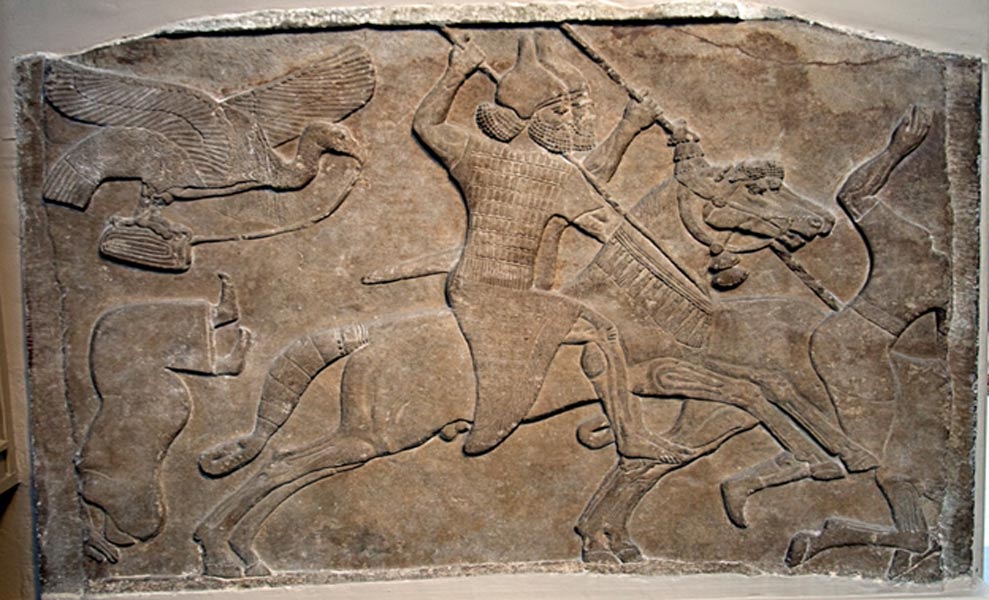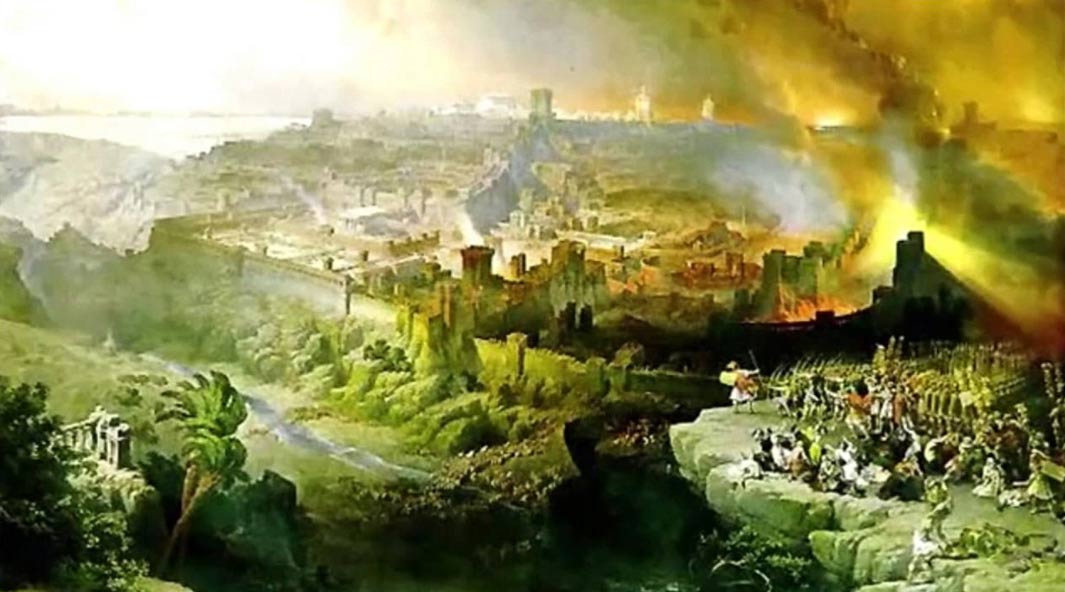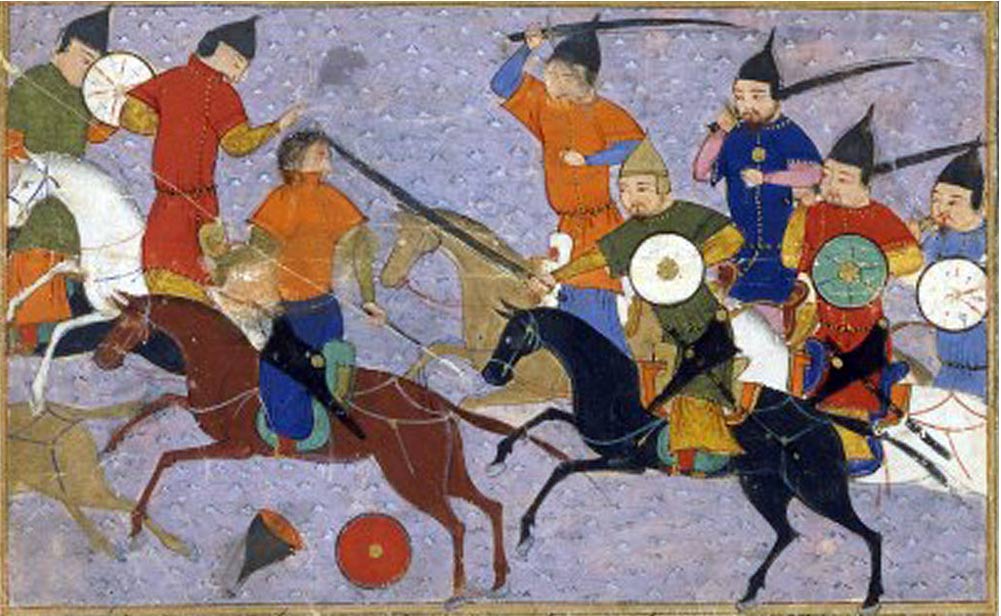A Tale of Pestilence: Did Egypt Wield a Secret Weapon against the Assyrians?

In 700 BCE, The Assyrian army commanded by King Sennacherib invaded Egypt.
Before the Assyrians pushed any further into Egypt, the Assyrian army made camp at Pelusium, which is located on the salt flats and flax fields of northeastern Egypt. It was to be an easy victory in Sennacherib’s eyes, for the enemy Pharaoh’s soldiers would not fight for him. The “warriors of the Egyptians refused to come to the rescue,” according to Greek historian Herodotus.
The reason for this is that Pharaoh Sethos of Egypt had distanced himself from the warrior class, holding them with great...Read more

